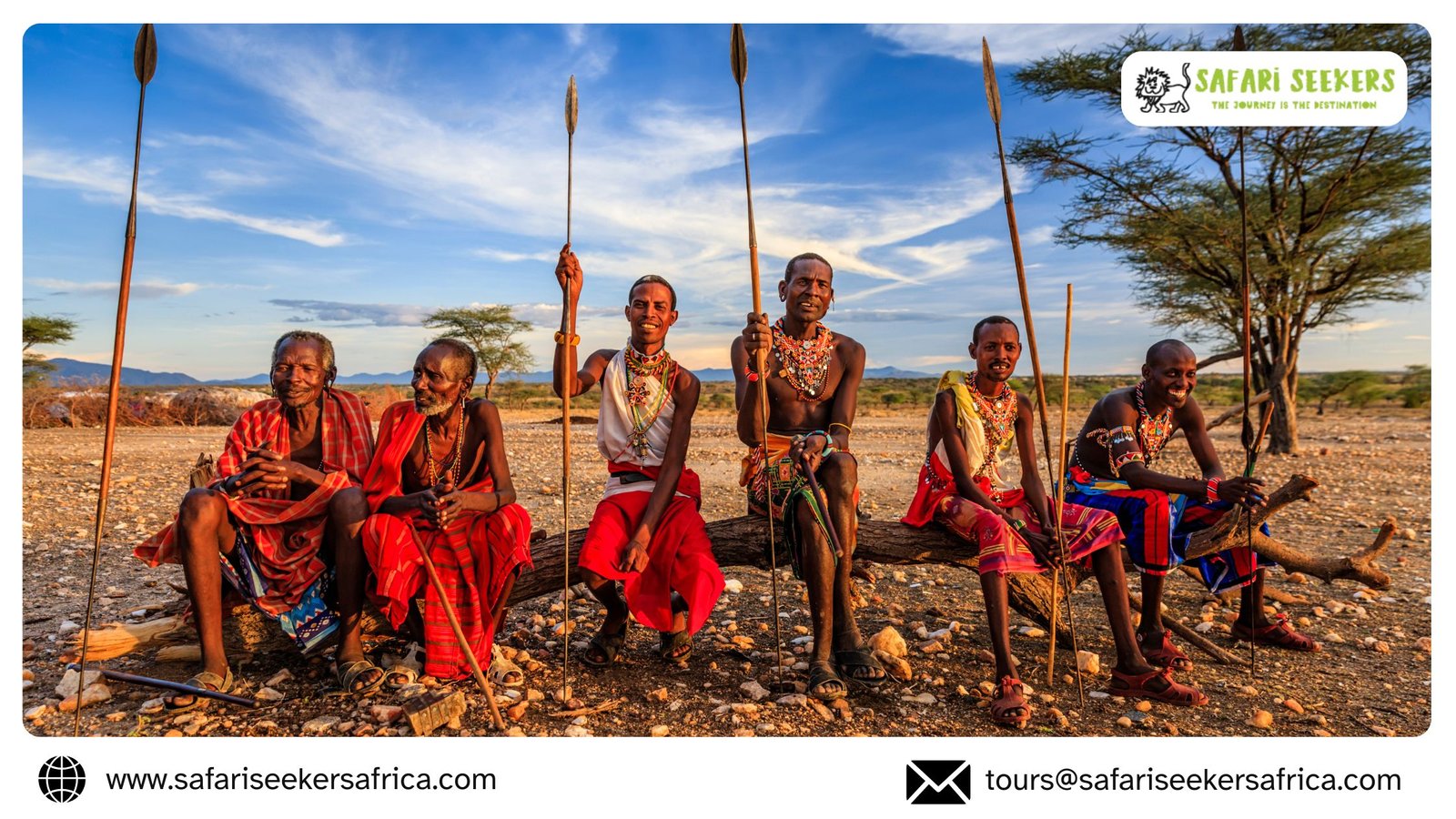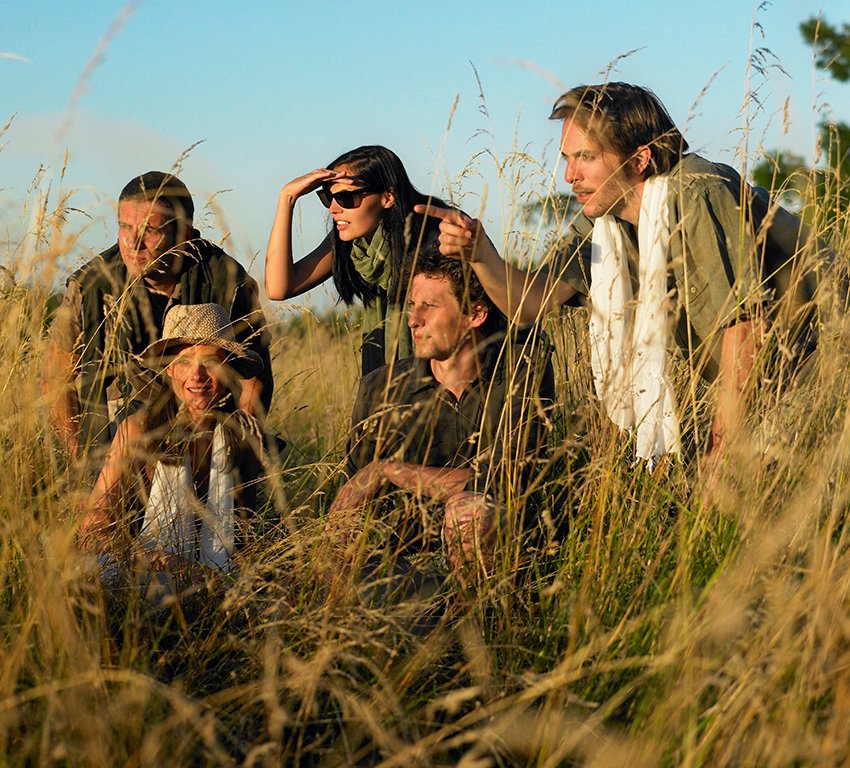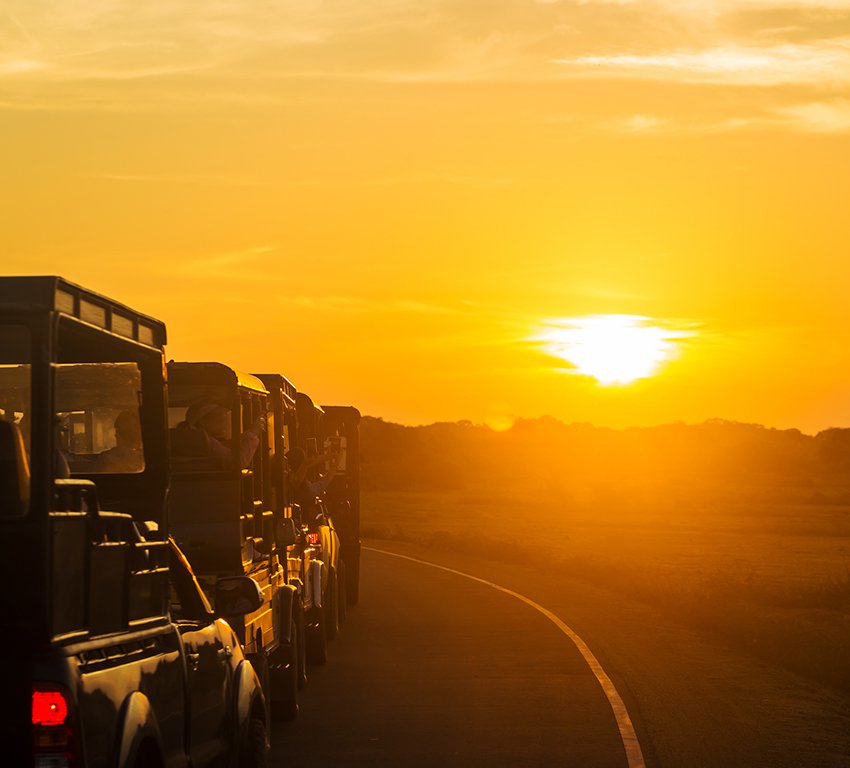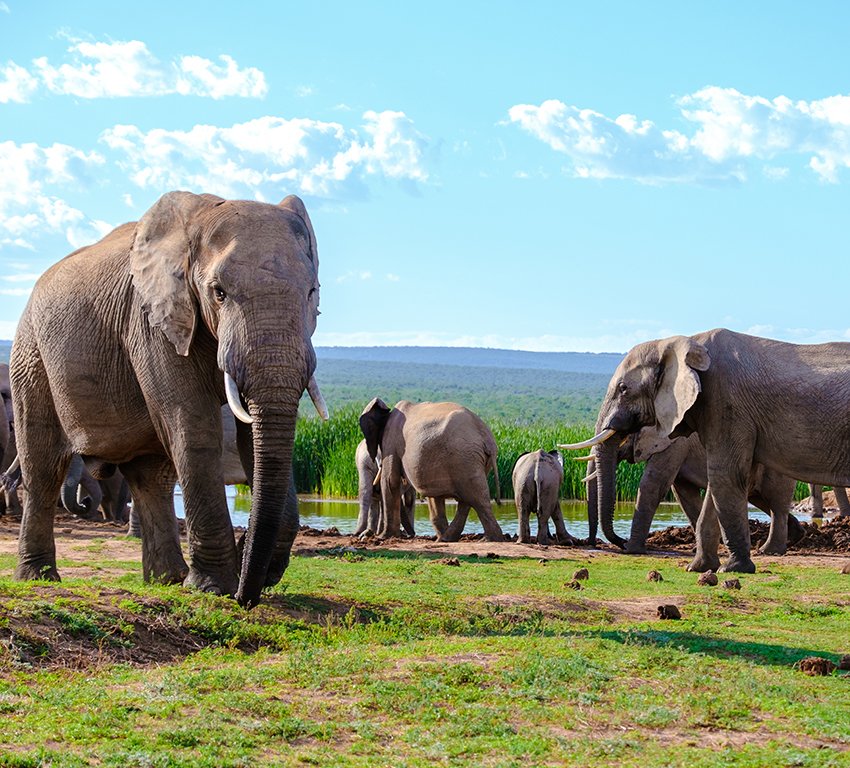4 Unbelievable Things That Dream up The Masai Mara Experience
A Masai Mara safari in Kenya is a unique kind of experience. It is one of Africa’s most classic safaris. Here, you are undertaking to spot the Big Five and spectate the most impressive wildlife performance on earth, the famed Great Migration.
Besides that, four main charms make up the action-packed Masai Mara experience:
- THE MAASAI TRIBES
The Maasai tribe is settled in northern, central, and southern Kenya and northern Tanzania. They are a Nilotic cultural group. The language spoken by the Maasai is known as Maa language and isamong the best-knownresidents internationally due to their habitation near the many game parks of the African Great Lakes and their distinguishingtraditions and local attire. They are strongly paternal in nature. The elders sometimes get together with retired elders who determinethe most stellarconcerns for each Maasai group. The Maasai are devoted to a single deity called Engai. A man’s wealth is measured in terms of his cattle and children and their tralatitious lifestyle centers around cattle which comprise their direct source of food.
- THE UNVARIED WILDLIFE
Well celebrated for hosting one of the greatest wildlife migrations, the Masai Mara Game Reserve is home to all members of the Big Five including the lion, leopard, elephant, cape buffalo, and rhinoceros. The governingdwellers are the wildebeest, and their numbers are calculated in the millions. In search of greener pastures, millions of wildebeests, Thompson’s gazelles, topi, elands, and zebra migrate from the Serengeti to the Mara fromJuly to October. Impalas, duikers, coke’s hartebeests, hyenas, cheetahs, jackals, and bat-eared foxes are also constituted in the reserve during the Masai Mara rainy season, which typically runs from late March to May and November to early January.
- THE FOUR DIFFERENT TOPOGRAPHIES
The Mara is separated into four different conformations known as the Ngama Hills, Oloololo Escarpment, Mara Triangle, and the Central Plains.
- NGAMA HILLS
Half of the reserve is made up of the Eastern facet from the Mara and Talek Rivers to the Ngama Hills. The Hills rise above the main Sekenani entrance gate and are a striking feature of the landscape perceptible from all areas of the park, and a serviceable landmark if you are doing a self-drive safari. It is the nearest part of the reserve to Nairobi and the most frequented. You can spot the big cats and cheetahs here along with their targets of gazelle, antelope, elands, and ostrich, along with herds of elephants. The only intersection between the eastern and western sectors of the park is the southern Mara Bridge, perfect for views of a large pool of hippos.
- THE MARA TRIANGLE
The Mara Triangle is governed by the non-profit organization known as the Mara conservancy in the interest of the Trans-Mara county council and it is the southernmost part of the Masai Mara National Reserve. With an area of 510 km sq, the Mara Triangle is one-third of the Masai Mara National Reserve. It boasts two natural boundaries, to the southwest is the Tanzania / Serengeti border, to the east is the Mara River, and to the northwest is the Oldoinyo Escarpment. Mara Serena is the only lodge inside the Mara Triangle and Little Governors is the only camp. The Mara Triangle is accessible by road and is easy to approach by plane with Serena and Kichwa Tembo airstrips. The grasslands of the Mara heave with wildebeest, zebra, and gazelle, as well as many other predators in July and August.
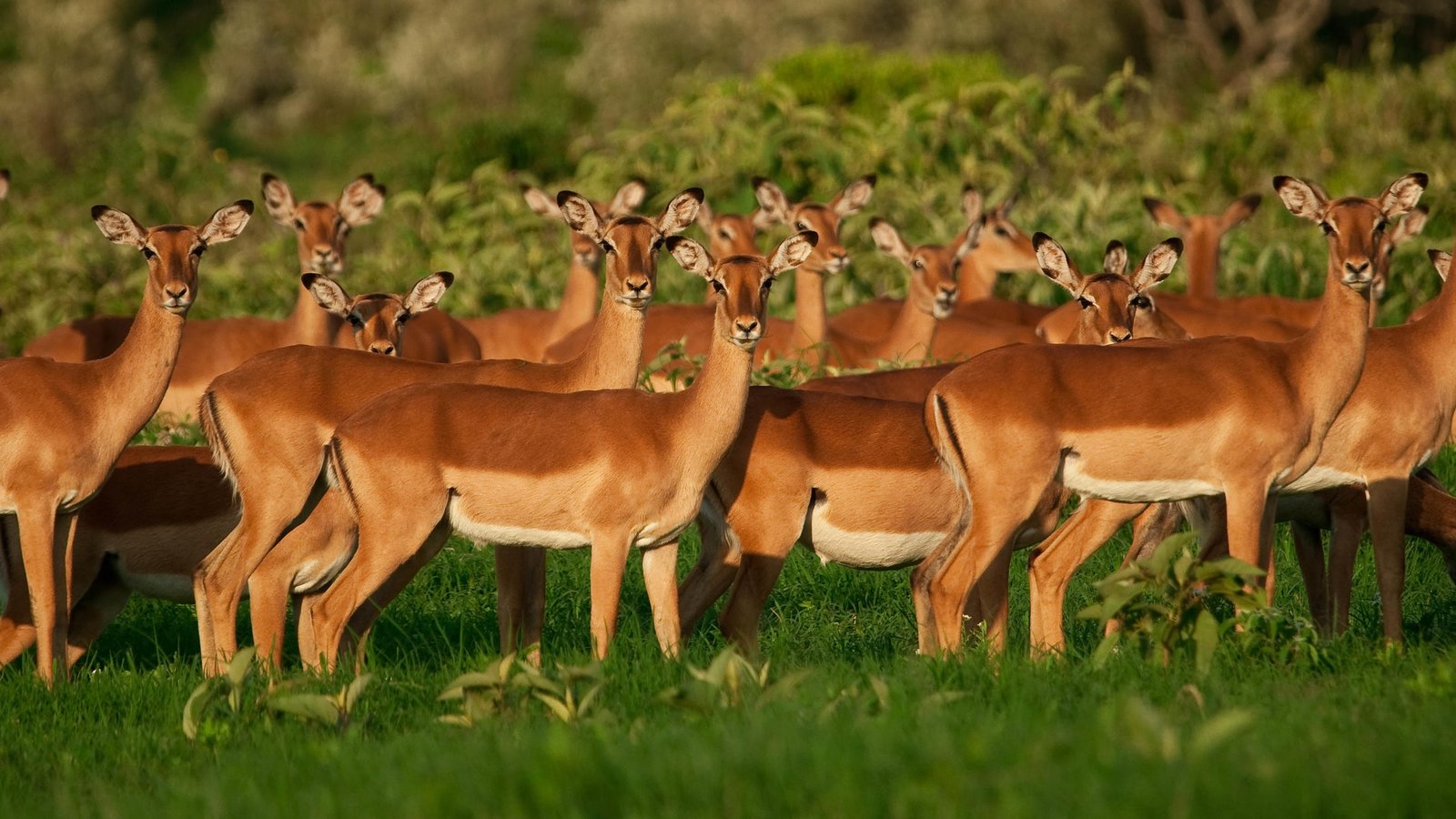
- THE SIRIA ESCARPMENT
Siria Escarpment is an escarpment in the Rift Valley province with the region font code of Africa / Middle East and is situated at an ascension of 1,828 m above sea level. An Escarpment is a long line of steep slopes rifting level surfaces above and below. It is also known as Doinya Escarpment, Istria Escarpment, Ololol Escarpment, or Soitolol.
- THE CENTRAL PLAINS
Situated between the Mara and Talek Rivers in the heart of the Masai Mara, the Central Plains features an exceedingly reliable game viewing, particularly for big cats, many of whom are habituated to vehicles. You can take great photos without fear of driving the cats away. The Mara River and the Talek are the only stable water sources flowing through the Masai Mara National Reserve. The Mara River sustains plenty of birdlife and aquatic life including hippos, crocodiles, and otters. leopards, vervet monkeys, and bushbucks who reside in the abundant forest that borders the river.
- THE PLENTIFUL BIRDLIFE
The Mara is home to over 470 species of avian species, many of which are migrants with almost 60 species being raptors. Vultures, secretary birds, marabou storks, crowned cranes, ostriches, and many more dwell here.
If you are looking to live these four incredible show-stoppers that make up the Masai Mara experience on your Kenya safari tours, get in touch with us today to get started.


